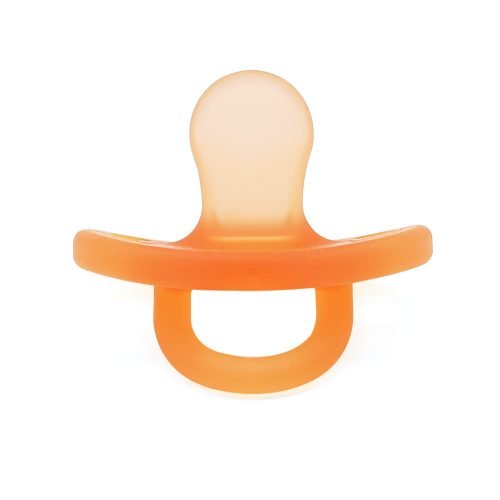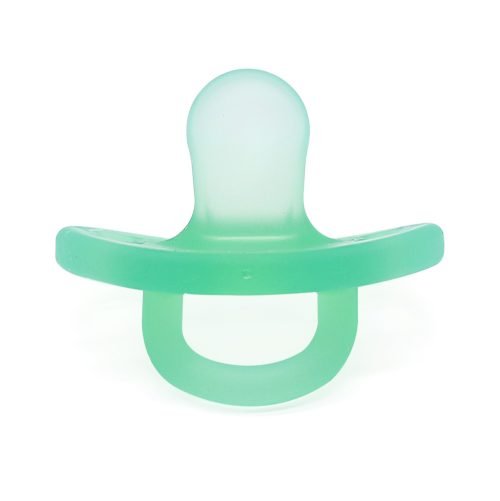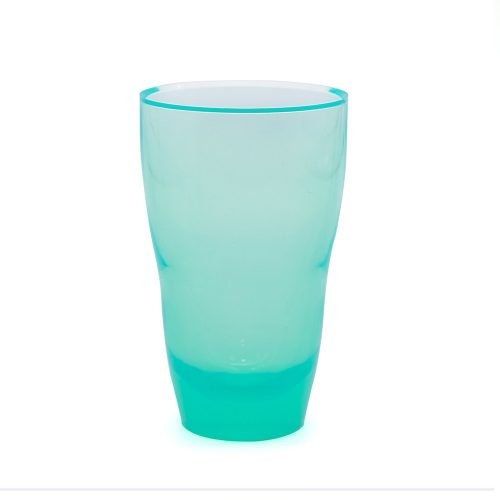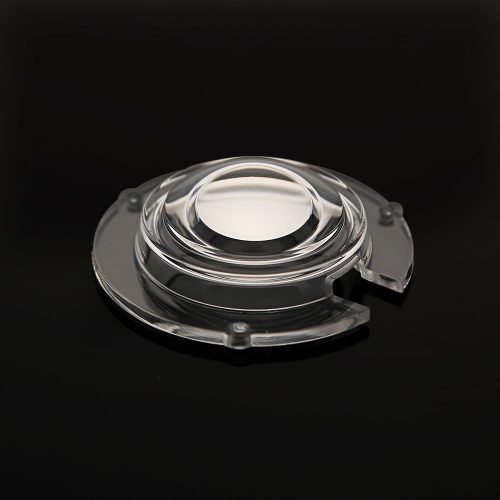Class 8 Clean Room Moulding
ISO Class 8 clean rooms, our facilities support us to provide high quality, end to end commercial manufacturing solutions in China.

What is LSR Injection Molding?
Liquid Silicone Rubber (LSR) Injection Molding is a highly precise manufacturing process where liquid silicone is injected into a mold under high pressure and cured into the final product. It’s ideal for creating intricate and durable parts with complex geometries.
High Precision
Achieves tight tolerances and complex geometries with exceptional accuracy.
Durability
Produces strong, flexible, and long-lasting parts resistant to extreme temperatures.
Biocompatibility
Ideal for medical and baby products, meeting FDA and other regulatory standards.
Automation-Friendly
Highly automated process that ensures consistent quality and faster production times.
Production Environment
Joey Tech’s ISO Class 8 clean room is designed to manufacture high-quality products such as baby products, houseware, and to handle complex assembly and packaging tasks. Our state-of-the-art facility ensures strict control of environmental contaminants like dust, microbes, aerosol particles, and chemical vapors, adhering to the rigorous standards of ISO 13485. This clean room allows us to maintain optimal hygiene levels, making it ideal for sensitive industries such as medical supplies, baby care products, and precision components. Our clean room ensures that every product is produced in an environment that meets international safety and cleanliness regulations, ensuring top-tier quality for our clients.

Injection molding is especially recommended for high volume production of small to medium sized components such as:
Teats for baby bottles
Medical components
Sealing rings
Suction cups for the automation of production processes
Material selection
Both solid silicone and liquid silicone are suitable materials for injection









